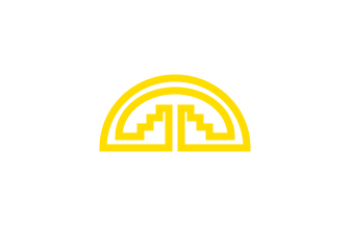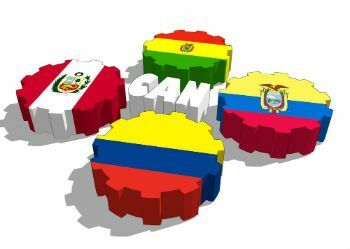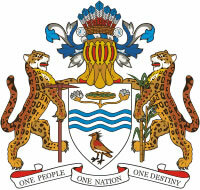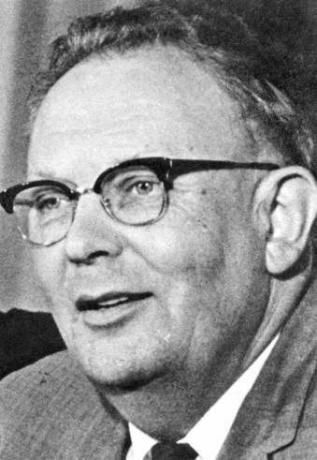THE Andean Community of Nations, Pacto Andino or Grupo Andino is an economic block that was founded on May 26, 1969 by countries in South America. In Spanish, the name of the block is communityAndean (CAN).

Flag of the Andean Community of Nations
It was through the “Cartagena Agreement” that the bloc that until 1996 was called Pacto Andino emerged.
The agreement that inaugurates it received this name since it was signed in the Colombian city of Cartagena de Indias. Currently, its headquarters are located in the capital of Peru, Lima.
Member Countries
 Flag of Member Countries
Flag of Member Countries
The countries that are part of the Andean Community of Nations are currently:
- Bolivia
- Colombia
- Ecuador
- Peru
Note that Venezuela and Chile no longer belong to the Andean Community of Nations. Venezuela, a member since 1973, left the community in 2006, announced by President Hugo Chávez, later joining Mercosur.
Chile entered the Community in 1969 and remained until 1976 when military officer Augusto Pinochet points out some economic incompatibilities and differences in interests. It is currently one of the associated countries.
Associated and Observer Countries
In addition to the member countries, the Andean Community has associated countries:
- Brazil
- Argentina
- Chile
- Paraguay
- Uruguay
In addition to the associated countries, there are the observer countries: Mexico and Panama.
Features and Objectives
CAN's main objective is to develop the economy, politics, social and cultural fields through the integration of the countries involved.
In addition to integration, the Andean Community proposes cooperation, friendly relations and an improvement in the population's quality of life.
With about 120 million inhabitants, the GDP of the community is approximately 400 billion dollars.
In 1979, some bodies responsible for the execution of the block were created:
- Andean Court of Justice;
- Andean Parliament;
- Andean Council of Foreign Ministers.
All bodies are commanded by articulating institutions of the Andean Integration System (SAI) which include:
- Andean Presidential Council;
- General secretary;
- Simón Bolívar Andean University;
- Labor and Business Advisory Council;
- Latin American Reserves Fund (FLAR);
- Andean Development Corporation (CAF);
- Agreements.
The Andean free trade zone was created in 1992, which facilitates the sale of products between member countries by reducing or excluding customs duties.
In addition, the community provides for the free movement of people between the countries involved, without the need for a visa.
In 2001 the “Andean Passport” was created. In 2004, through the “Cuzco Declaration”, it was proposed that Mercosur and the Andean Community create a free trade zone between the countries involved in the two blocs.
This proposal will facilitate and intensify socio-economic relations between the countries of South America. With this, there is also the possibility of creating a Latin American Common Market.
Read too:
- Economic blocks
- globalization
- Mercosur
- Unasur
- Andean America
- South America



